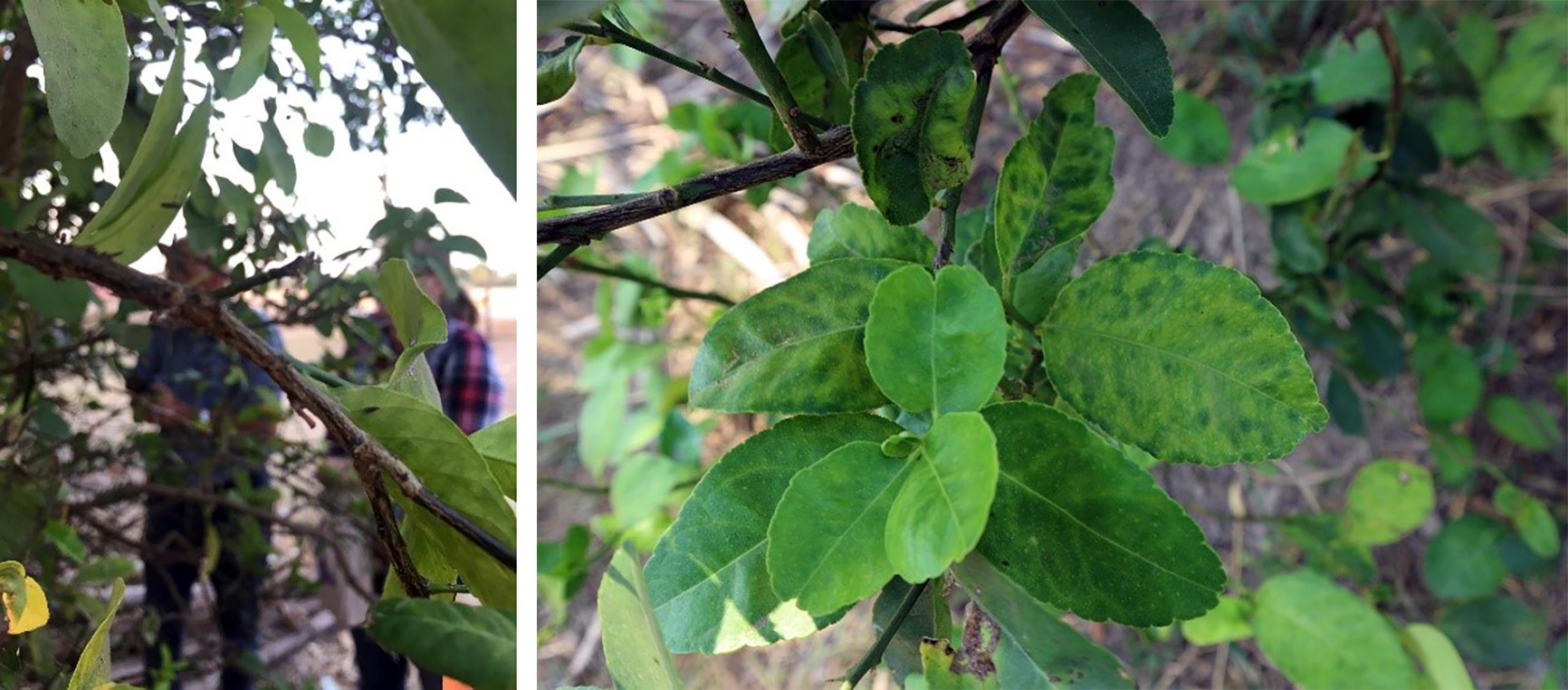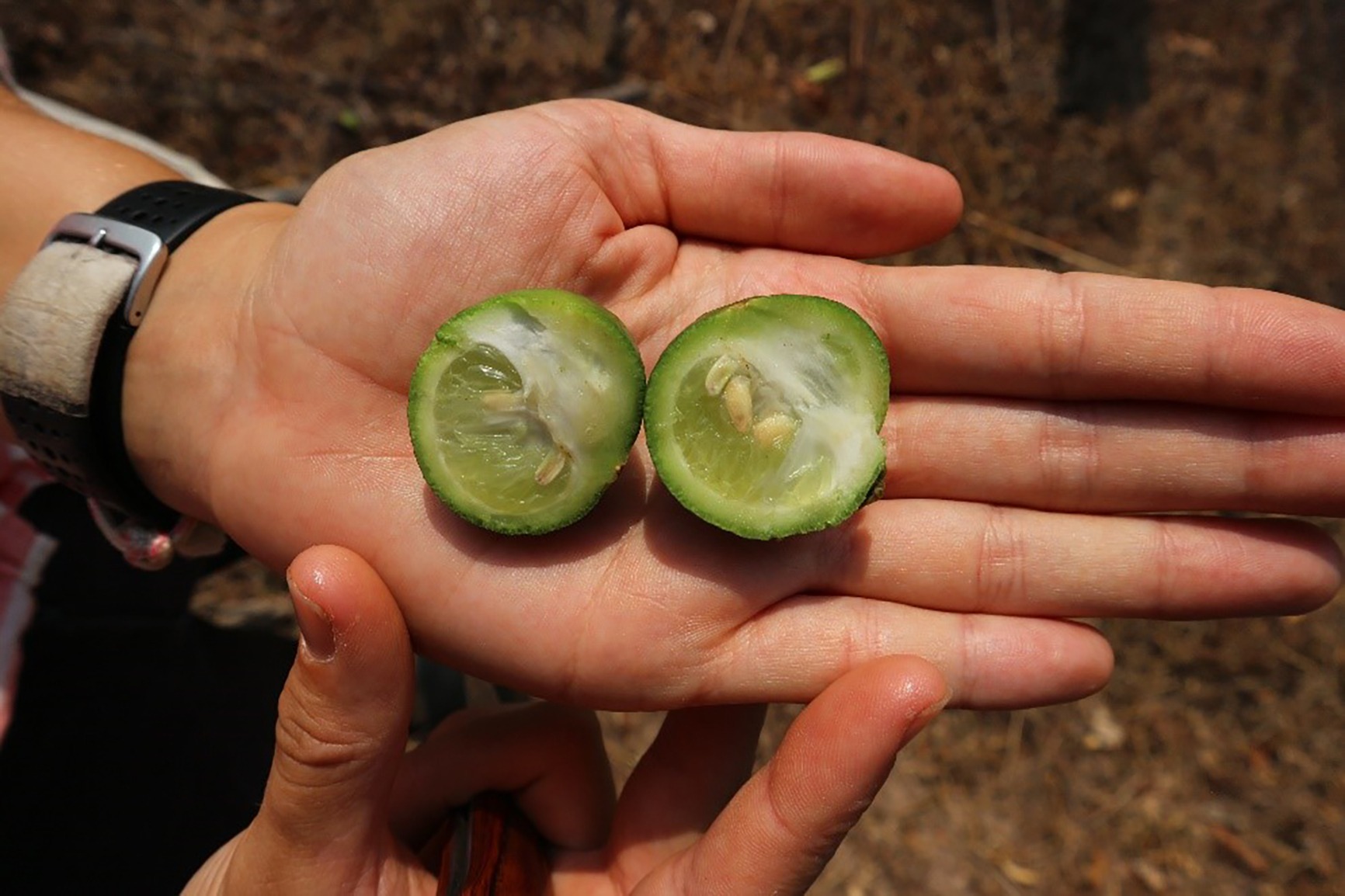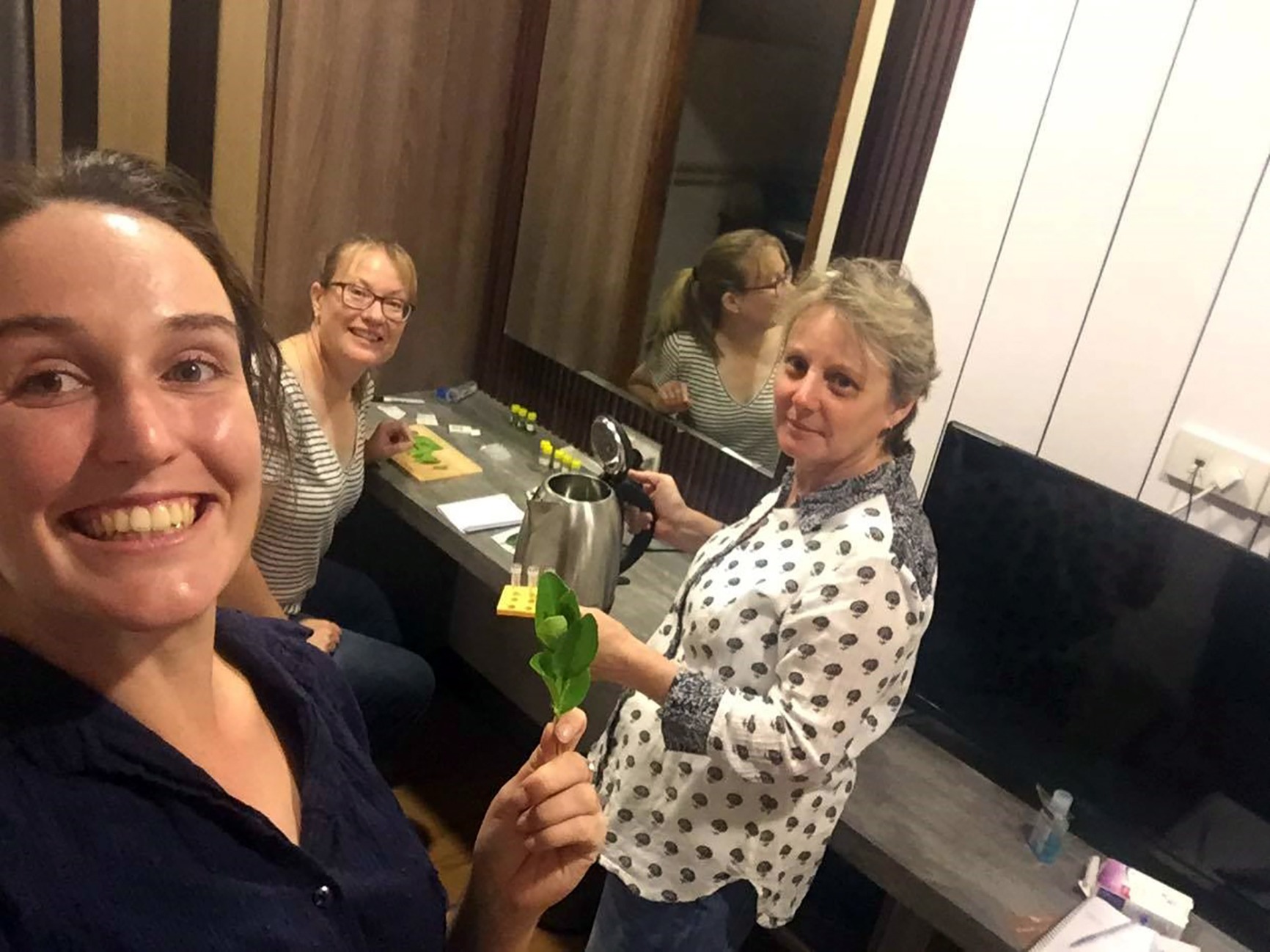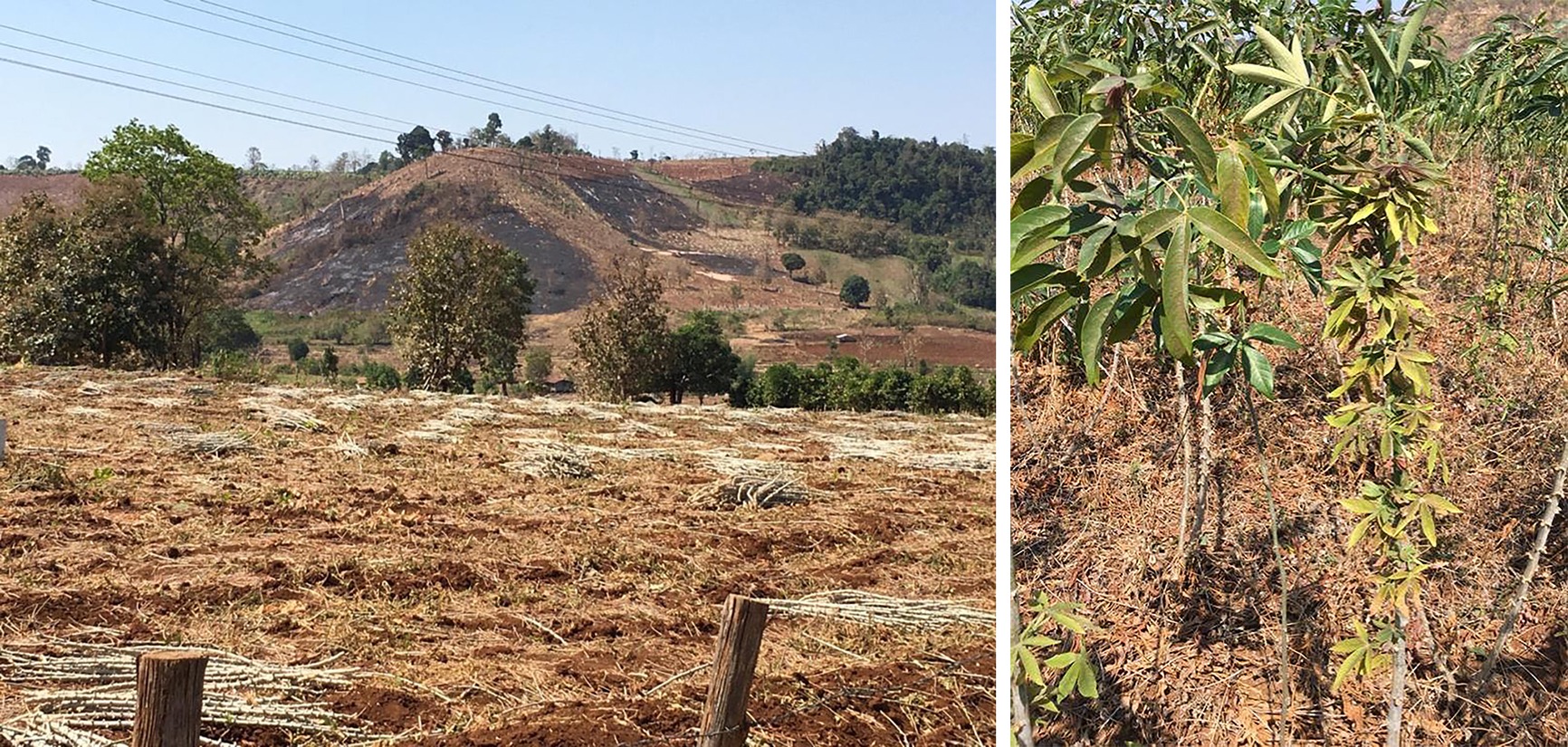

Learning on the ground in Laos
May 28, 2020
Providing young Australians with valuable opportunities to learn on the ground in developing countries is behind our student awards (now open for applications!) and volunteer opportunities in our NextGen program. But we are also open to having ‘visitors’ to our work. In her Honours year at UQ, Tamaya Peressini received a Crawford Fund award to visit CIMMYT in Mexico, reported here. Since then, she has moved to a graduate research officer position in Crops and Horticulture at ACIAR and is on the central committee of the RAID Network. Here she reports on time she spent with our mentor Lester Burgess and some of the volunteers who were in Laos pre COVID-19.
In February this year, I had the delight of joining Lester Burgess (Crawford Fund NSW), Nerida Donovan (NSW DPI), Sally Cowan (NAQS), Jillian Lyall (Australian Volunteers Program Volunteer) and Seng Phanthavong (Provincial Agricultural and Forestry Office -PAFO, Pakse) on a survey of Citrus greening disease (Huanglongbing (HLB)) and other diseases and pest of citrus throughout Champasak province in Laos.
The visit was a fantastic learning opportunity. I was able able to see firsthand the symptoms of HLB – a devastating disease world-wide, and gain an appreciation of the remarkable diversity of cropping systems in Champasak province and how land use is changing. It was also an opportunity to gain an appreciation and understanding of the legacy the Crawford Fund mentoring and volunteering program has established with Pakse PAFO. Being a keen plant protectionist and at the very early stages of my research career, the 10 days spent with this group and learning on the ground has given invaluable insight and direction to my next steps after the ACIAR graduate program.
Citrus greening disease, or HLB, isn’t in Australia or in the Pacific – and before this trip to Laos, all I have seen in citrus (thankfully) has been free from HLB. Reading up on symptoms from research papers and pest and disease guides is one way to get an appreciation for a disease, but working in the field and collecting samples with an incredibly knowledgeable citrus pathologist and entomologist is an amazing and invaluable way to learn.
Asymmetric blotchy mottle and lopsided fruit are key visual symptoms of the disease but can also be caused by Curly Top Virus and insect damage respectively. So really, the only way to know for sure you’ve got HLB infection is 1) molecular detection and 2) having these symptoms along with detecting Diaphorina citri (Asian citrus psyllid) – the vector for the disease that causes HLB. What makes things trickier is that at certain heights (altitude) Diaphorina doesn’t live but there is still the potential of trees having HLB if they have been grafted with infected budwood or were purchased from a nursery that had HLB contamination.
As you can understand, there is a lot of moving parts, but this gave me a real appreciation of the need for training in disease diagnostics. For example, I was delighted to be part of some sample processing trials of a new DNA extraction technique in the makeshift lab (aka Nerida’s bedroom at the hotel!).



Our visit covered farms close to the city centre of Pakse and out to more rural areas across the Bolaven plateau. I learned from Jillian Lyall, who had worked in Laos during her university undergrad thesis research that there is a lot more diversification from rice systems the closer you get to urban markets. Upon the Bolaven Plateau, there is masses of coffee grown for the global market mainly on large concessions. Furthermore, cassava production has expanded dramatically in recent years at lower altitudes which highlighted the importance of some of the ACIAR investments in cassava pest and disease research lead by Jonothan Newby at CIAT, based in Vientiane.
The scale of cassava plantations is important economically for the region, but also puts the area at huge biosecurity risk if there is an outbreak of disease – such as Cassava mosaic disease (which is currently not in Laos but just over the borders). However, they do have witch’s broom disease, and severe mealy bug.

Of course, there was also many long van chats and discussions around how the Champasak province has changed over the years. The relationship that the Crawford Fund has developed with the PAFO in Pakse over the years through the mentoring and volunteering program has led to a strong legacy and opportunity to keep growing. The refurbishment of the new lab after the recent floods is set up to be a place of education also – important for all young aspiring Laos crop protectionists and the future volunteers with PAFO and Crawford Fund. I am glad to have witnessed (and being put to work to be part of) the construction of the new lab!




